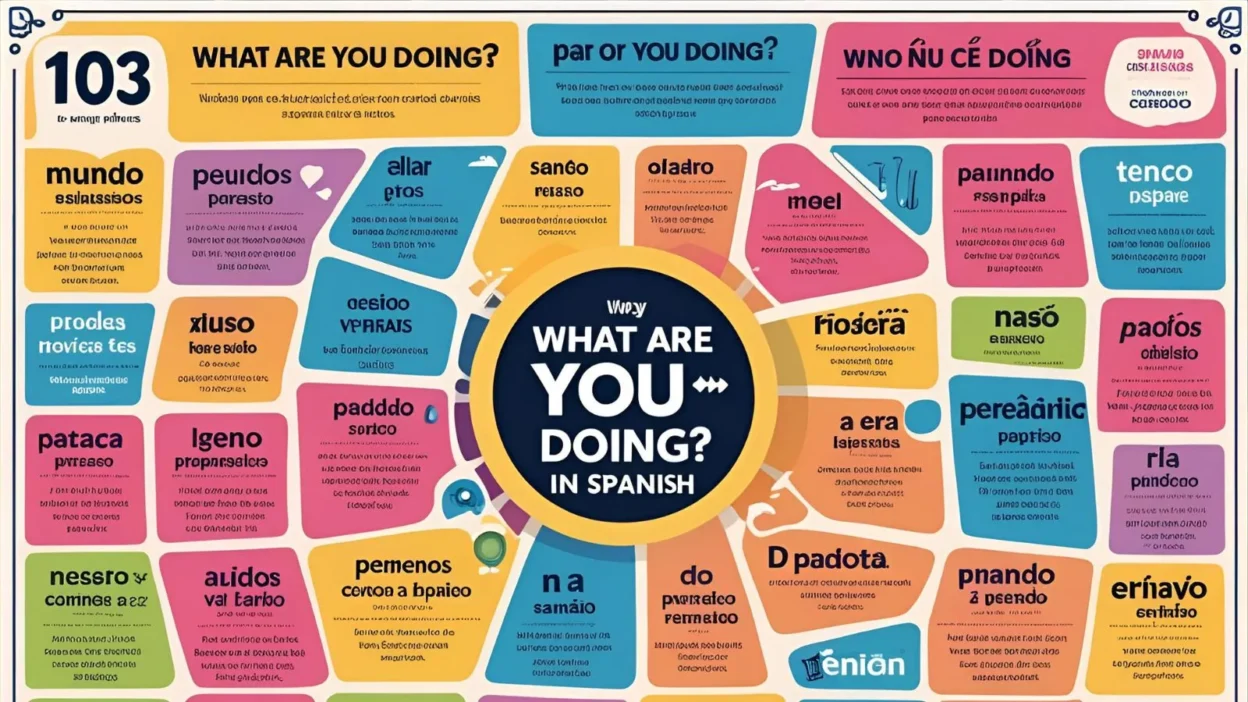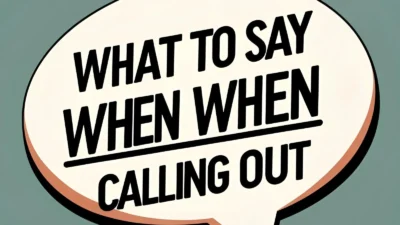Have you ever wanted to text or talk to someone in Spanish and ask what they’re up to — but got stuck? Whether you’re messaging a friend, talking to a classmate, or just trying to learn the basics, knowing how to say what are u doing in Spanish is a great way to sound natural and connect with others.
This simple phrase opens doors to real conversations and shows you’re making an effort to learn.
But here’s the catch — it’s not just one translation. Depending on who you’re talking to, and how casual or formal you want to be, the wording can change. Don’t worry, though — we’ll break it down clearly and simply.
You’ll learn exactly what to say, what NOT to say, and when to use different versions of this phrase. Let’s dive into it and make Spanish feel less confusing — and way more fun!
Sorry Generator
Start with the Most Common Phrase
The most popular and widely used way to say “what are you doing?” in Spanish is:
¿Qué estás haciendo?
This is the go-to version for everyday conversations. It’s casual, polite, and works in almost every situation.
✅ What to say:
- “¿Qué estás haciendo ahora?” (What are you doing right now?)
- “¡Hola! ¿Qué estás haciendo?” (Hey! What are you doing?)
- “¿Y tú? ¿Qué estás haciendo?” (And you? What are you doing?)
❌ What NOT to say:
- “¿Qué haces ahora mismo?” (Can sound awkward or unnatural in some cases.)
- “¿Qué estás hacer?” (Grammatically incorrect.)
- “¿Tú qué hacías?” (Wrong tense for the situation.)
Scenario: You’re texting a friend and want to check in. Just say, “¿Qué estás haciendo?” It’s short, friendly, and natural.
Use Slang for a Casual Tone
Want to sound more like a native speaker? In many Spanish-speaking countries, slang makes conversations feel relaxed and real.
In Mexico, a super common way to say “What are you doing?” is:
¿Qué haces? or ¿Qué onda, qué haces? (What’s up, what are you doing?)
✅ What to say:
- “¿Qué haces?” (Very casual and common.)
- “¿Qué onda?” (Literally “What’s up?” — often used with friends.)
- “¿Qué estás haciendo, wey?” (Slang-heavy, only use with close friends.)
❌ What NOT to say:
- “¿Qué pasa con tú?” (Incorrect — sounds strange.)
- “¿Qué haces tú ahora mismo?” (Too formal for casual slang.)
- “¿Qué estás hacer?” (Incorrect verb form.)
Scenario: You’re on a group chat with friends. Say, “¿Qué onda, qué haces?” to sound friendly and casual.
Know When to Be Formal
If you’re speaking to someone older, a teacher, or someone you don’t know well, you’ll want to use the formal version.
The correct form is:
¿Qué está haciendo usted?
✅ What to say:
- “Buenas tardes, ¿qué está haciendo usted?” (Good afternoon, what are you doing?)
- “Disculpe, ¿qué está haciendo?” (Excuse me, what are you doing?)
- “¿Está ocupado o libre ahora?” (Are you busy or free now?)
❌ What NOT to say:
- “¿Qué estás haciendo?” (Too casual for formal settings.)
- “¿Qué haces tú?” (Informal and not respectful.)
- Using slang like “wey” or “onda” (Not appropriate in formal contexts.)
Scenario: You walk into your professor’s office. Say, “Disculpe, ¿qué está haciendo?” to stay polite and respectful.
Ask the Question in Text Messages
Texting is all about being fast and casual — and Spanish has its own style for that.
In texts, people often shorten phrases or skip accents. But it’s still good to learn the correct way so you can recognize casual messages.
✅ What to say:
- “¿Qué haces?” (Short and simple.)
- “¿Qué haces ahorita?” (What are you doing right now?)
- “Q haces?” (Ultra-casual, no accents — used in texting only.)
❌ What NOT to say:
- “K estas asiendo?” (Too many mistakes — don’t copy bad spelling.)
- “¿Qué estás hacer?” (Still wrong form.)
- “¿Q estás haciendo?” (Too mixed — confusing.)
Scenario: You want to check in with a friend via WhatsApp. Text, “¿Q haces?” for a chill, quick message.
Know the Difference Between “Hacer” and Other Verbs
Sometimes learners mix up the verb “hacer” (to do/make) with other similar actions. But in this context, “What are you doing?” always uses hacer — not other verbs.
✅ What to say:
- “¿Qué estás haciendo?” (Correct — using hacer.)
- “¿Qué haces?” (Short form, still correct.)
- “¿Qué está haciendo usted?” (Formal version.)
❌ What NOT to say:
- “¿Qué estás trabajando?” (Wrong — use trabajar for asking about work.)
- “¿Qué estás yendo?” (Not meaningful in this context.)
- “¿Qué tú comiendo?” (Wrong verb form and subject placement.)
Scenario: You’re learning Spanish and want to ask a classmate what they’re doing. Stick with, “¿Qué estás haciendo?”
Final Thoughts
Learning how to say what are u doing in Spanish is a simple but powerful way to improve your conversations. Whether you’re texting a friend, greeting someone in person, or learning new slang, using the right phrase for the right moment makes a big difference.
Stick with “¿Qué estás haciendo?” for general use, try slang with friends, and don’t forget to switch to formal language when needed. Spanish gets easier when you take it one phrase at a time — and now you’ve got this one mastered! 🎉




